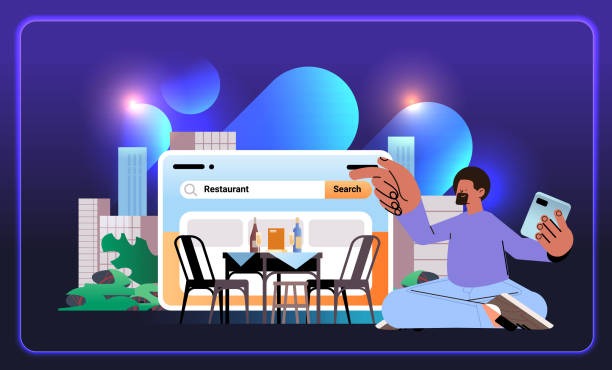For restaurants looking to fill tables and boost takeout orders, online ads can be incredibly effective—but only if you know how to use them. The truth is, many restaurant owners waste money on the wrong platforms, target the wrong audience, or fall victim to shady traffic that doesn’t convert.
Online advertising is no longer optional, but it’s not a one-size-fits-all strategy. To get real results—more clicks, more bookings, more revenue—you need to understand what actually works in the restaurant space.
Why Online Ads Are a Must for Modern Restaurants
Word of mouth still matters, but it’s happening online. According to Statista, over 53% of U.S. diners say they discover new restaurants online, and more than 75% check out a restaurant’s digital presence before dining there.
That makes platforms like Google, Facebook, Instagram, and Yelp powerful gateways to your front door—if your ads are running efficiently.
Targeting Is Everything
The best online ad in the world won’t work if it’s shown to the wrong person. That’s where targeting comes in. Platforms like Google Ads and Meta Ads (Facebook/Instagram) let you laser in on users based on:
- Location (geo-targeting within a few miles of your restaurant)
- Interests (foodies, wine lovers, pizza fans, etc.)
- Age and gender demographics
- Device type (mobile ads for on-the-go ordering)
- Time of day (lunchtime, happy hour, dinner rush)
Start small—run ads only during your peak hours or on slow nights. Local targeting is key. No one 50 miles away is coming in for your Wednesday lunch special.
What Kinds of Ads Actually Work?
Not all restaurant ads are created equal. Based on real-world performance, here are the formats that consistently deliver:
- Google Search Ads for “near me” searches (e.g., “best sushi near me”)
- Instagram Story Ads with mouthwatering food shots or promos
- Facebook Offers for limited-time discounts or coupons
- Yelp Ads to appear higher in local search results
- Retargeting Ads to bring back users who viewed your menu but didn’t order
And remember: People eat with their eyes. Invest in high-quality photos and short videos. A well-lit image of your signature dish or a bartender pouring cocktails outperforms generic stock imagery every time.
Watch Out for Click Fraud
Here’s where things get tricky. Not all clicks are real. In fact, invalid or fake clicks can drain your ad budget without delivering a single customer.
This is known as click fraud—and it’s a growing issue for local businesses. Bots, competitors, and click farms can artificially inflate your ad traffic, leaving you with zero ROI. Global digital ad fraud is expected to cost marketers over $100 billion by 2023, according to Statista.
To protect yourself, learn more about how clickfraud works and invest in basic fraud detection tools or filters on your ad platforms. Monitoring traffic quality is just as important as generating it.
Track, Adjust, Repeat
Online ads aren’t “set it and forget it.” The most successful restaurant marketers constantly test different images, headlines, offers, and audiences.
Key metrics to monitor:
- Click-through rate (CTR) – Are people engaging with your ad?
- Cost per click (CPC) – Are you paying too much per visitor?
- Conversion rate – Are visitors booking tables or placing orders?
- Return on ad spend (ROAS) – Are you actually making money from ads?
Use A/B testing tools to compare two versions of an ad and make data-driven adjustments weekly. Don’t be afraid to pause campaigns that aren’t working—refining is part of the process.
Final Thought: Be Visual, Local, and Smart
For restaurants, online ads can drive serious foot traffic and online orders—but only when done with intention. Be local. Be visual. Be aware of wasteful traffic. And don’t let your ad dollars disappear into the void.
With the right strategy, your online ads won’t just get clicks—they’ll get plates filled and revenue flowing.



